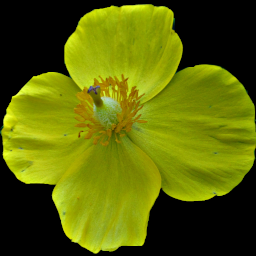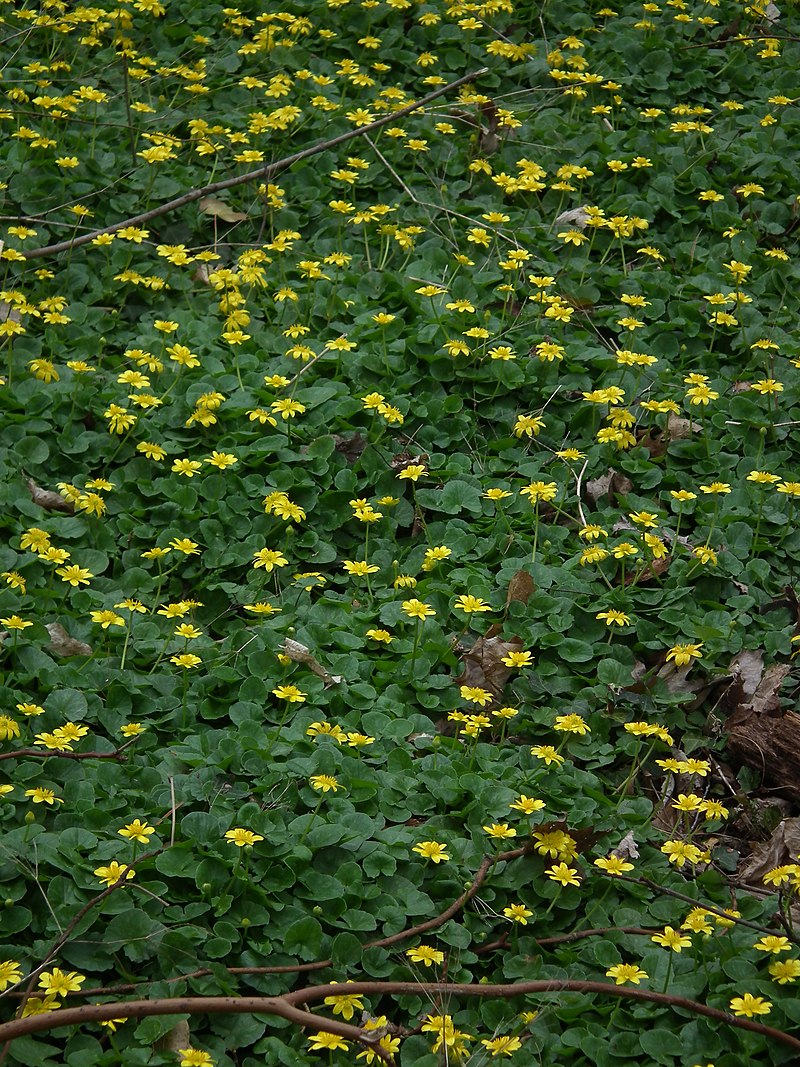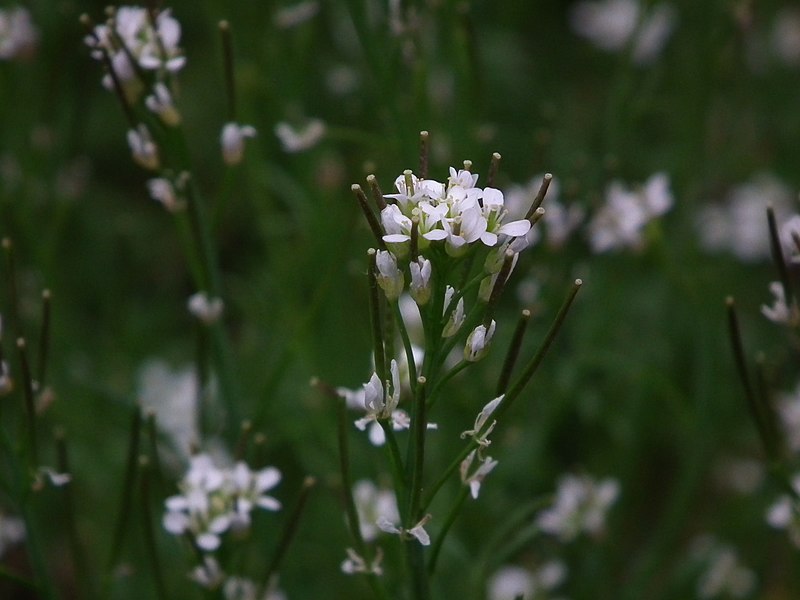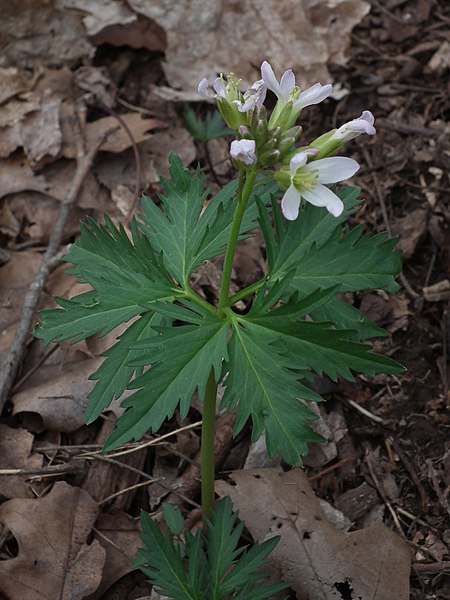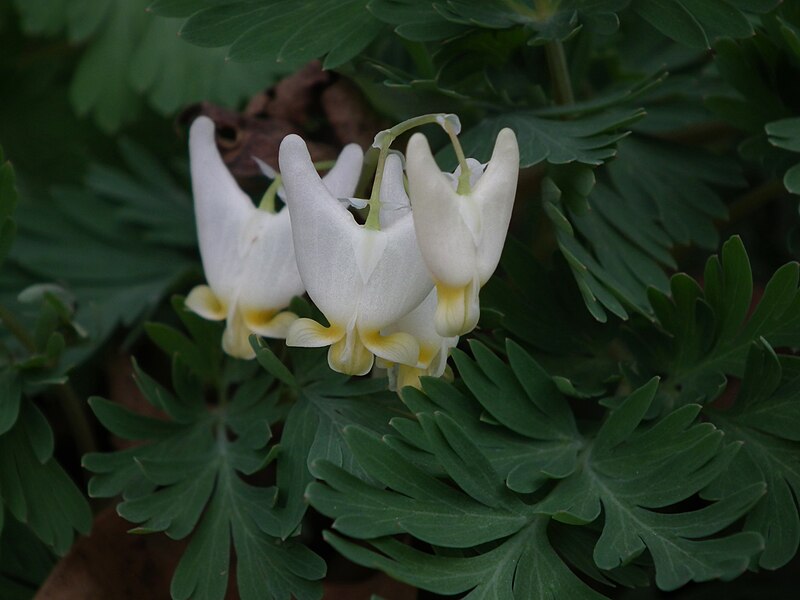
There is something strangely elegant about these bizarre flowers. This one was rather a late bloomer; most of the other plants in this patch along the Trillium Trail in Fox Chapel had long since bloomed and grown substantial leaves.
For a fuller description, see the Symplocarpus foetidus reference page.

